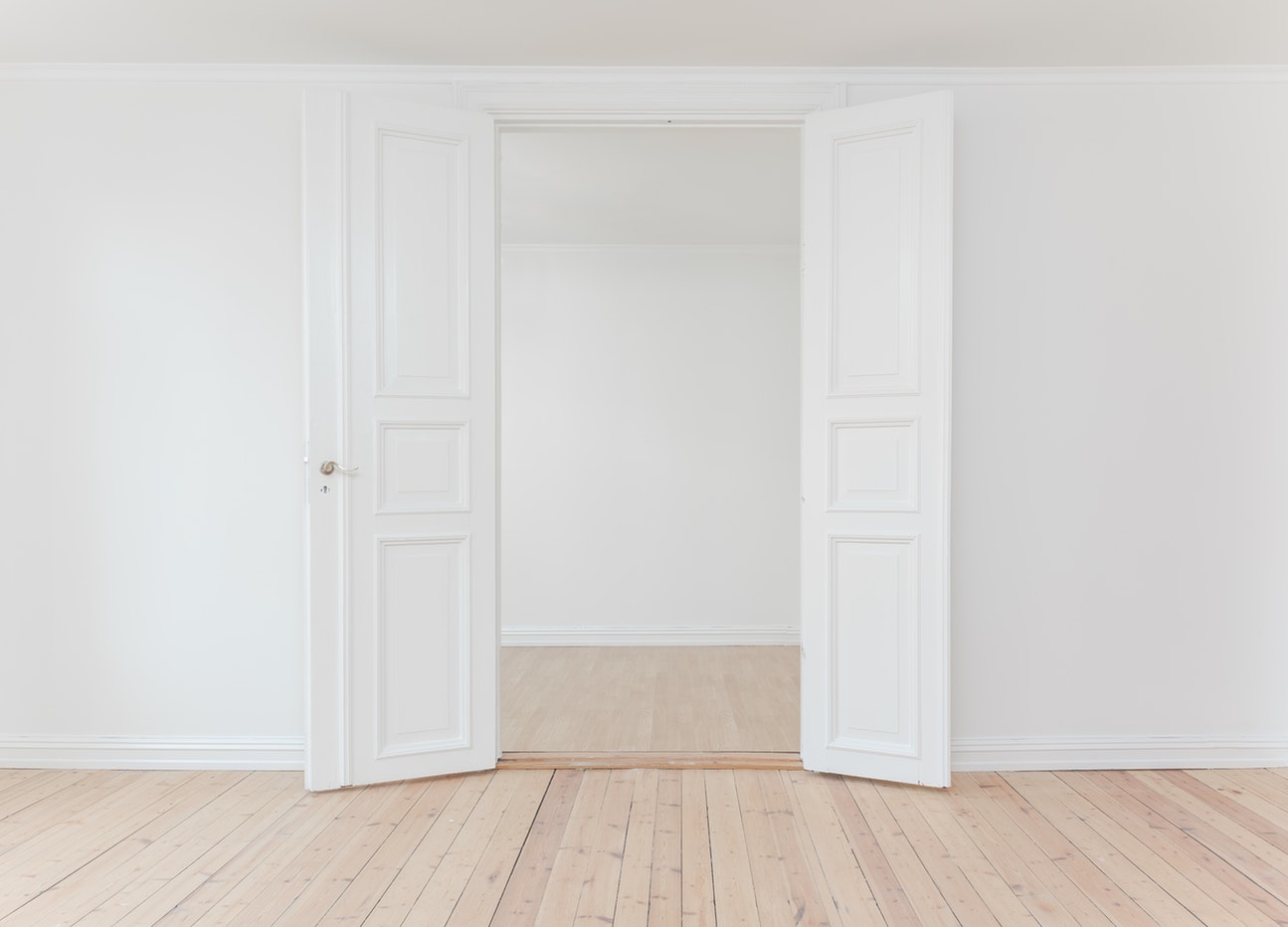Is your home often cold in winter and your energy bill running high? Then your home is probably not properly insulated. PIR insulation is a commonly used insulation material: it insulates well and is easy to install. Are you curious about the prices of PIR insulation and all the information and possible applications? Read it in this handy article.
What does PIR insulation cost?
PIR insulation is popular among homeowners. The total insulation price depends on a number of factors, for example the insulation measure you take, the thickness of the material and the area you want insulated. Check out the average PIR insulation cost per m2 below.
| Isolation material | Average price per m² including VAT and installation |
|---|---|
| PIR boards | £ 25 – £ 30 |
Price example
For the installation of floor insulation on the ground floor of a mid-terrace house, for 40 m2 you will spend on average between £1.000 and £1,200 for the installation and insulation material. There may be additional costs on top of this: think of the call-out costs and costs for preparation and finishing. The total cost for this project could therefore be several hundred euros higher. Moreover, this example does not take into account any subsidies.
Find the best specialist for your project and get free quotes.
Start

What is PIR insulation?
PIR insulation stands for polyisocyanurate and is the “improved version” of PUR insulation. As the material has been further developed, PIR has a higher insulation value than PUR and is also more fire-safe as it releases fewer harmful substances when heated. PIR is a plastic and is available in the form of insulation boards.
What insulation measures can PIR be used for?
PIR insulation boards are widely used for insulating your home. The insulation specialist applies this material mainly for insulating:
- Roofs
- Flat roofs
- Floors
- Spout walls
What thickness do I need for insulating with PIR?
PIR insulation boards are available in thicknesses from 30 millimetres to 120 millimetres. Which thickness is needed for your project depends on what you want to insulate. A cavity wall needs a different thickness than floor insulation, for example. Moreover, also take into account the minimum insulation requirements, for instance if you want to qualify for a subsidy. Of course, a specialist can always advise you on what thickness you need.
What is the insulation value of PIR insulation?
What exactly is the insulation value? To calculate the insulation value of a material, divide the thickness of the insulation material in centimetres by one hundred. Then divide that number by the lambda value. The lambda value indicates how well the insulation material conducts heat. The lower this value, the better.
In order to meet the requirements for government subsidies, the insulation value for roof and floor insulation must be 3.5 Rd. For PIR insulation, the lambda value is between 0.022 and 0.027 W/mk. This means that the insulation value of PIR insulation boards is already 3.3 to 4.1 Rd for a board 9 cm thick. PIR insulation therefore has a very high insulation value.
What are the advantages and disadvantages of PIR insulation?
PIR insulation has both advantages and disadvantages which makes the material suitable for your project or not depending on your situation and wishes.
The advantages
First of all, PIR insulation has many advantages. Because this insulation material has a closed cell structure, it always remains free of moisture. It also has a high insulation capacity. This not only makes your home more energy efficient, but also contributes to a more pleasant living environment. The advantages of PIR insulation are:
- A high insulation value
- Fireproof
- Insensitive to moisture
- Easy to process and cut
- Lightweight
- Long lifespan
- Formal and compression resistant
The disadvantages
PIR insulation, however, also has a number of disadvantages that you should take into account. For instance, substances that are harmful to the environment are used in the production of PIR. Therefore, this material is not environmentally friendly. In addition, the material properties also make it difficult to recycle PIR. Finally, PIR boards are not flexible because they are made of hard plastic. It therefore does not allow itself to be deformed to fit between two building parts, as glass wool does, for example.
Comparing PIR with other insulation materials
The five insulation materials most commonly used in homes are: EPS, PUR, PIR, rock wool and glass wool. Each material type has its own properties and applications. See below for a handy overview of these different insulation materials.
| Type of insulation | Gem. cost per m2 | Lambda value* | Advantages | Disadvantages |
|---|---|---|---|---|
| Glaswool | £8 | 0.032 – 0.040 | – Soundproofing – Moisture & mildew resistant – Fireproof – Relatively inexpensive – Environmentally friendly & 100% recyclable |
– Can cause itching and skin irritation – Not suitable for narrow cavity walls |
| Stone wool | £10 | 0.032 – 0.040 | – Highly sound dampening – Moisture & fungicidal – Fireproof – Environmentally safe & 100% recyclable |
– Can cause itching and skin irritation – Not suitable for narrow cavity walls |
| EPS | £20 | 0.030 – 0.040 | – Moisture and fungicidal – Durable & highly recyclable – Very light in weight |
– Flammable (though fire retardant) – Raw material is a plastic – Inflexible: does not seal corners & seams as well |
| PUR | £25 | 0.022 – 0.028 | – Covers seams & gaps smoothly – Moisture & Mould resistant – High insulation value – Fire retardant |
– Most expensive choice – Contains chemicals, therefore not environmentally friendly – Difficult to remove – Not recyclable |
| PIR | £15 | 0.022 – 0,027 | – Light in weight – High insulation value – Fire retardant – Insensitive to moisture |
– Contains chemicals, therefore not environmentally friendly – Inflexible material – Not recyclable |
The average costs mentioned are only the costs for the material. * The lambda value indicates how well a material conducts heat. Here, the lower the value, the better the insulation.
What is the difference between PIR and PUR?
As mentioned earlier in this article, PIR and PUR have the same basis. They are therefore similar in many ways. For instance, both materials have a high insulation value, are water-resistant and suitable for insulating concrete floors and flat roofs, for example. Also, the production process of both insulation materials is not environmentally friendly.
The differences are therefore in the details. For instance, the insulation value of PIR is just a little higher than PUR, PIR is just a little more fireproof and PIR can support just a little more weight. However, PIR is slightly more expensive. In practice, both materials are sometimes used together: PUR foam is used to seal the seams between PIR boards.

How is PIR insulation installed?
An insulation specialist installs PIR insulation on both flat and pitched roofs. This insulation is also possible on floors. Because PIR insulation is only used as a board, this insulation material as cavity wall insulation is mainly found in new-build houses. Read below the step-by-step plan that the specialist follows for each project when insulating already existing houses.
Insulating a pitched roof from the inside
- The specialist first starts with the preparations and ensures that the space is free to start insulating. The PIR boards must also be cut to size if they are too large.
- The insulation specialist attaches the cut-to-size boards to the inside of the wooden roof truss. Attaching them to the beams themselves creates an unbroken shield, ensuring optimal insulation.
- Eventual gaps are sealed by the insulation specialist with PUR foam and seams are taped with aluminium tape.
- Does everything look good? Then the inside of the roof can be finished.
Insulating a pitched roof from the outside
- The specialist first removes the roof covering.
- The PIR insulation boards are placed as tightly as possible against each other to avoid weak spots in your roof insulation. Usually, the plastic roof boards have a tongue and groove system, so that they fit together perfectly.
- The insulation specialist tapes the seams with tape, so that it is completely wind-tight.
- You can choose to have vapour retardant foil or moisture resistant foil applied. This will make your PIR insulation layer last longer.
- After applying the foil, it is time to put the roof covering back on neatly.
Insulating a flat roof
- The specialist first puts a vapour control layer on the roof. This vapour control layer is then secured with single or double-sided tape.
- The insulation specialist now applies the PIR insulation to your flat roof.
- After applying the insulation boards, your roof is neatly finished.
Insulating a floor
- For floor insulation, it is important to have the room empty. This allows the specialist to work easily. He or she will first remove the existing floor covering in order to install the floor insulation.
- The insulation specialist will then place the PIR insulation boards on the substrate.
- Do you have insulation installed in, for example, the living room or another room where you walk a lot? Then it is smart to add an extra layer of insulation. This way, the floor is less likely to be damaged.
- The specialist will then finish the floor to your taste.
Saving tips when installing PIR insulation
Having PIR insulation installed is a big job. Because no one wants to pay too much for insulating their home, we are sharing some more smart saving tips.
Combine different projects
Do you want to have your roof insulated as well as your floor? By combining several projects with the same specialist, you often receive a more competitive total price. So ask the specialist about the possibilities for improved insulation in your home and get advice. The better your house is insulated, the better it is for your wallet.
Check whether a subsidy is available
There are both national subsidies (via the ISDE scheme) and local subsidy possibilities, depending on the municipality or province in which you live. So it’s smart to check via the Energy Subsidy Guide whether subsidies are available for your insulation project.
Make a choice within your budget
Your budget is obviously the most important factor for the decisions you make around insulation. Don’t have enough savings to insulate your entire house, but want to save on heating costs? Then roof insulation, for example, is a suitable choice. This will reduce heat loss by up to 30 per cent. With a low budget, cavity wall insulation is also an excellent option. Both forms yield substantial savings on energy costs.
Find the best specialist for your project and get free quotes.
Start